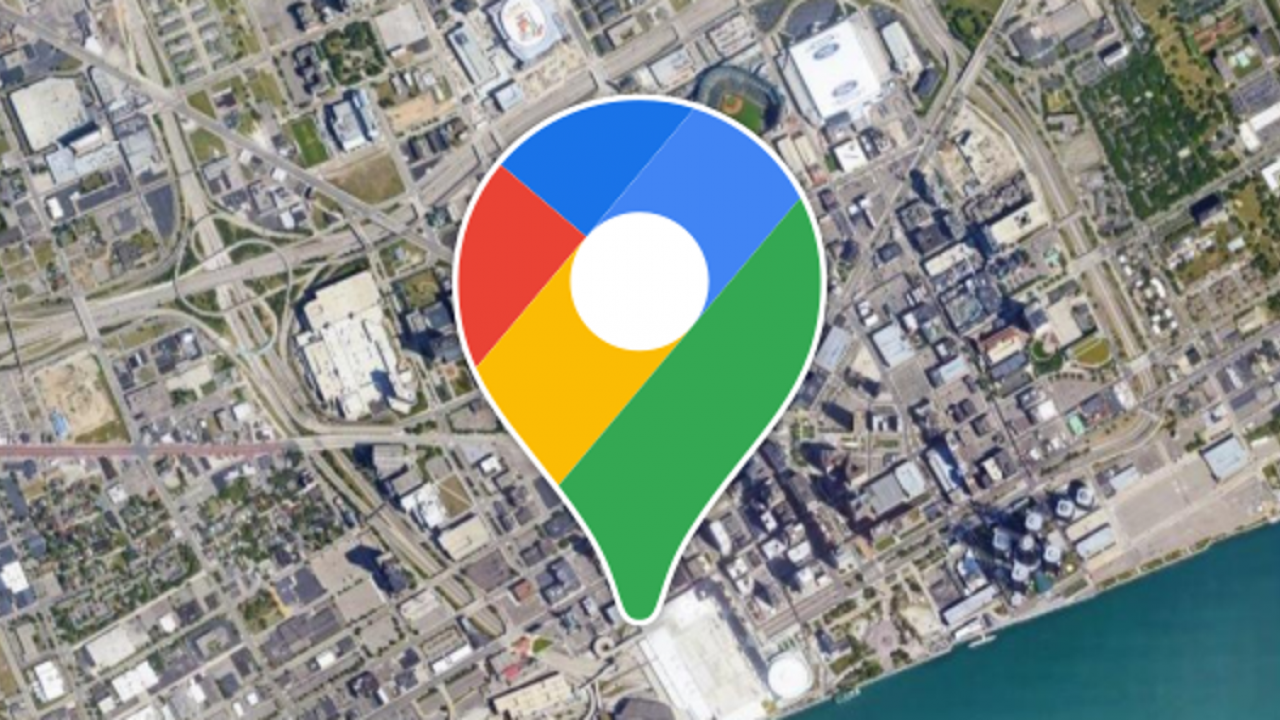
Google Maps just introduced a new color and design on both the desktop and mobile versions of the software. The roadways are no longer white and yellow. They are now in various colors instead. While the little change has become more obvious in the last week, Google first showed the updated colors in October. Some users on social media appreciated the makeover, while others criticized the bright colors and low contrast. Now, the designer who worked on Google Maps 15 years ago has declared that she dislikes the new makeover because “it feels colder, less accurate, and less human.”
Elizabeth Laraki took to X and wrote, “15 years ago, I helped design Google Maps. I still use it every day. Last week, the team dramatically changed the map’s visual design. I don’t love it. It feels colder, less accurate, and less human. But more importantly, they missed a key opportunity to simplify and scale.”
The number of features that potentially cover the map view should be kept to a minimum, says Ms. Laraki
She discussed the changes in the color of the parks and water and said that although roads stand out more, water, parks, and open spaces blend together. “It seems the goal was to improve usability and make the maps more readable. Admittedly, I do think major roads, traffic, and trails stand out more now. But the colors of water and parks and open spaces blend together. And to me, the palette feels colder and more computer-generated. But color choices aside…If the goal was better usability, the team missed a big opportunity: Google Maps should have cleaned up the crud overlaying the map,” she added.
Ms. Laraki stated that the application has various features and overlays in the map, such as the search box, latest, restaurants tab, and so on, which makes it difficult for the user. “The map should be considered sacred real estate.” Only items that are extremely beneficial to a large number of people should obscure it. The number of features that could potentially cover the map view should be kept to a minimum. And there are several methods to add new features without immediately overlaying them on the map,” she added. According to the designer, everything may be removed except the search box and the bottom tab. She also included a screenshot of the planned app design.
“There are many variations of how features could be arranged. But the key points are: dramatically simplify, strongly prioritize map visibility, bury legacy, and low-use features,” Ms. Laraki noted. Further, the designer acknowledged that “it’s normal for products to accumulate features over time.” However, she said that it is “also super important to stay vigilant and continually clean them up.” “In many ways, it’s interesting to see history repeating itself. In 2007, I was one of two designers on Google Maps. At that time, Maps had already become a cluttered mess. We were wedging new features into any space we could find in the UI. The user experience was suffering and the product was growing increasingly complicated. We had to rethink the app to be simple and scale for the future. It seems like it’s time for Google Maps to do this again,” she concluded.


